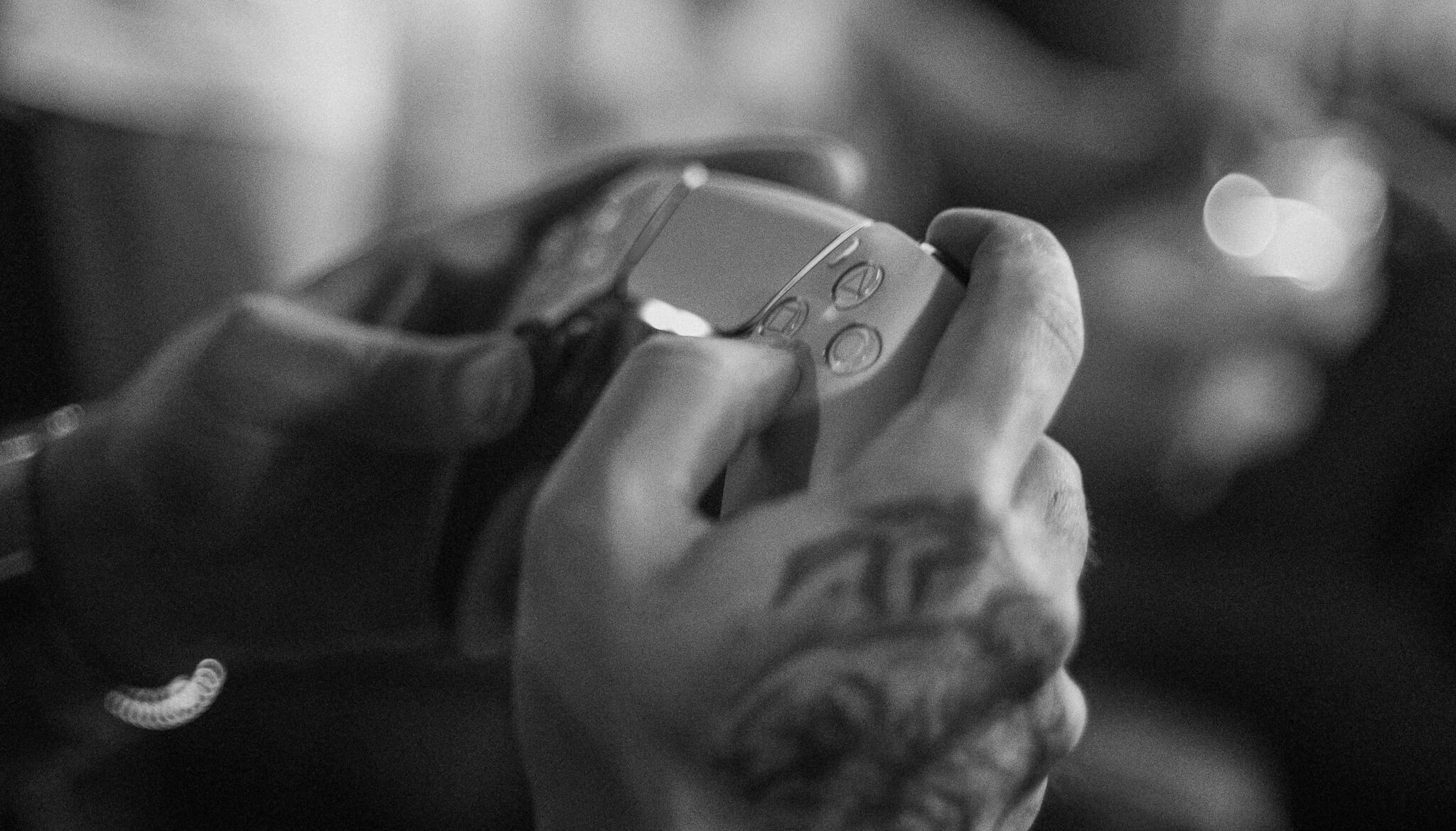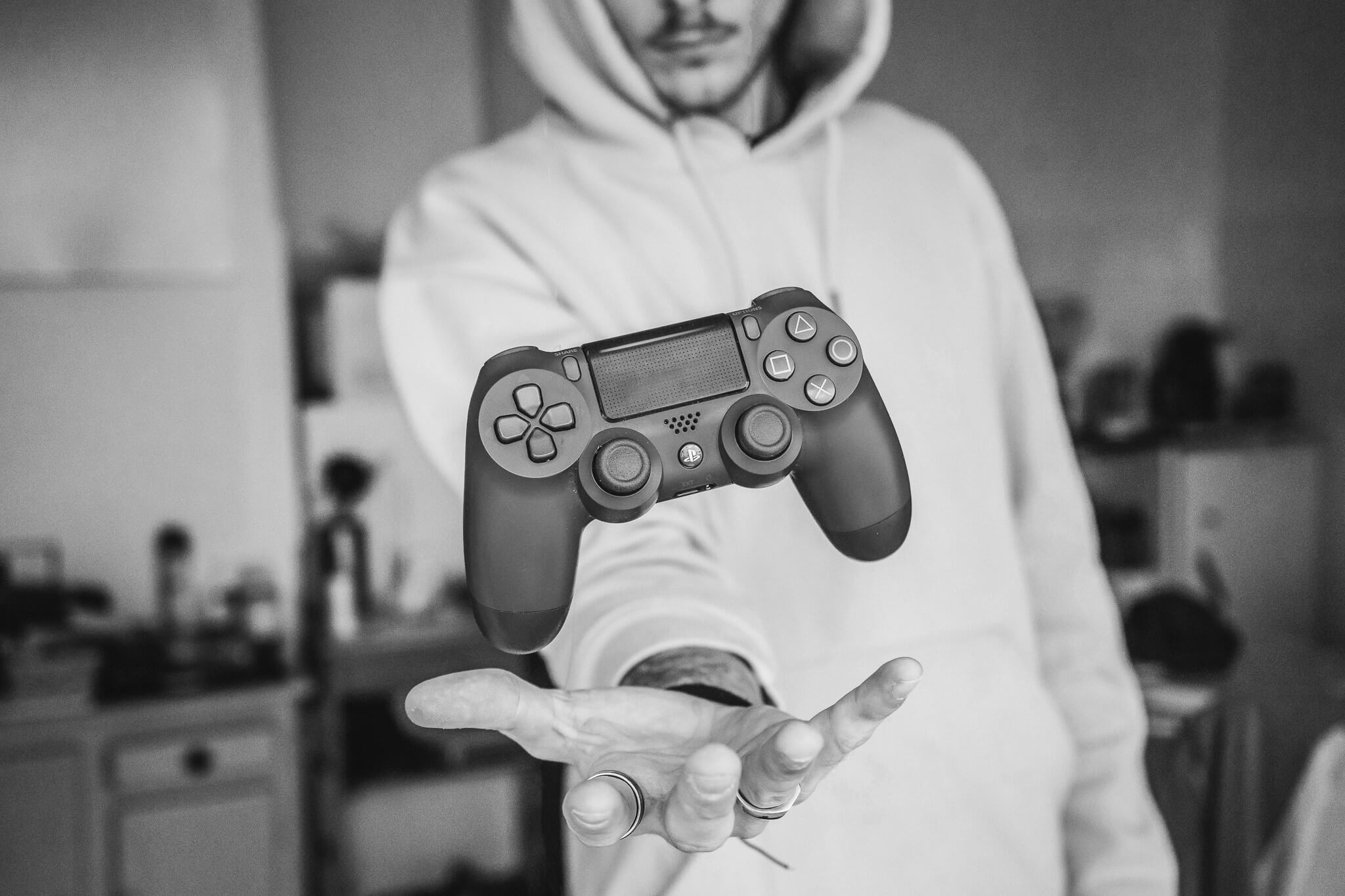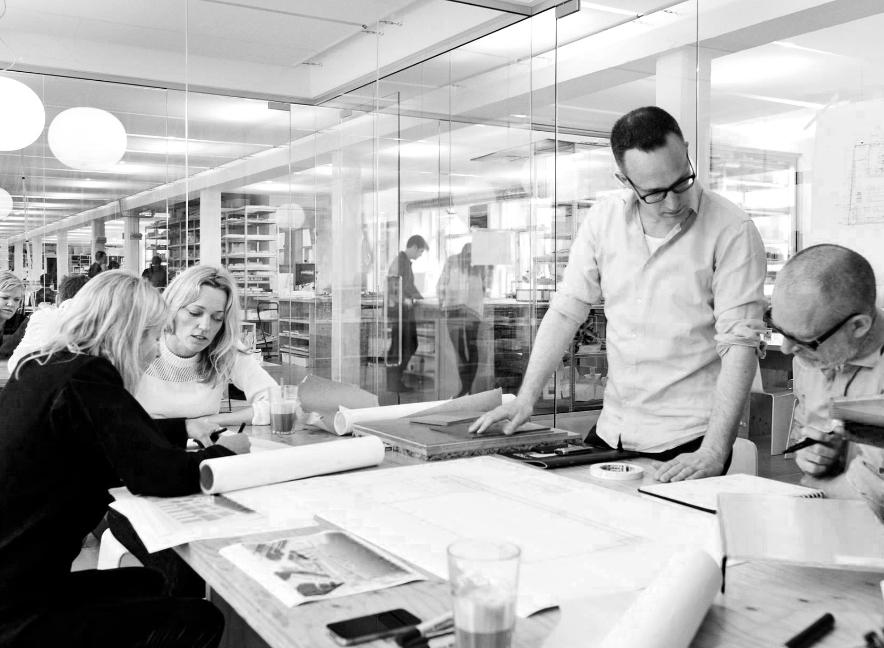UX designers shouldn’t have an opinion. Although you may find that statement exaggerated, I think it captures the mindset you need to work in this industry. As UX designers in the software industry, we don’t do things because we like them, or because they match our own preferences. We create and design what is objectively the best option for our user. Of course, you can never entirely eliminate subjectivity, but the decisions we make are usually supported by research. Not to mention the design principles and best practices that are industry standards.
Generally speaking, it makes sense to approach software and web development in a clinical, rational way. But, as with any rule, there are exceptions. There’s one industry in particular that’s producing software but sees itself as a special, unique field: Gaming. And I must admit, I tend to agree.
My own experience on a Keen Design project supporting a mid-sized video game studio on one of their upcoming titles backs up this view. Here are four key differences between design for regular software development versus design for gaming.
Defined user problem versus developer’s dream
The first major difference in gaming is that there’s no clearly defined user need or problem to be solved. Usually, new software is created to clear an issue or make a task more efficient. Existing software may have flaws that need to be erased or use cases that need to be optimised. Maybe the sign-up process has a low conversion, or users drop out of a transaction because they can’t finish the task.
In gaming, our starting point is not the user problem but the dream or vision of the developer(s). The job of the UX designer is to translate this vision into a clear scope with defined features that players will enjoy. Of course, this task can be solved in multiple ways. There’s no obvious path set in stone.

Science versus art
Another thing to always keep in mind is that with most software products, stakeholders don’t cling to certain ideas or details. At the core the most important part is to find a way to fulfil business and user goals. In gaming, however, stakeholders/developers care a lot about how things are done. It’s their dream-game after all. Their vision for the game was there long before development started. UX designers therefore need to respect and be sensitive to this when it comes to stakeholder management. After all, a developer who feels their ideas are being twisted too much or eliminated might feel reluctant to cooperate.
The vision of the developer(s) can never be objectively wrong. In movies or music we would never rate a creation as objectively bad, just because it doesn’t follow a common philosophy. Even if it breaks all the rules, it can still be a joyful piece of entertainment. Gaming –which many people consider an art as well–should be approached in the same way.
Right idea versus make the ideas work
Instead of asking ourselves “Is this the right idea?“ we UX designers should ask “How can we make this idea work?“. This way we respect the vision of a game and make space for creativity and novelty. The earliest phases of pre-production should therefore focus on a lot of design thinking and ideation methods. Once the developers are happy with the game concept, the game design process can then continue with more traditional benchmarking and research.
In the pre-production phase, the UX designer’s job is to string together the different pieces and game ideas into one coherent experience. A narrative must be established that combines the multiple features into one game loop. Players need to understand why one feature or outcome influences the other and why they are present in the first place. It’s also important to guide and captivate the players’ emotions throughout a play. In order for certain events to feel important, there needs to be anticipation and a build-up. If this is designed well the player will continuously wander between gameplay, anticipation and success and therefore be motivated to continue playing or play again.
There are no defined rules or best practices on how a game should look in order to be perceived as fun. But if one of these motivating game loops is established and the core gameplay is satisfying, players are more likely to feel engaged.

User experience PLUS developer experience
This emphasis on immersion, entertainment and storytelling to enhance player engagement and enjoyment is what sets the job of a UX designer in video gaming apart from jobs in other software companies. The term ‘experience’ plays a much bigger role here, not only with regard to the players/users, but also to the developers: they need to feel respected in their vision of the game. This task is much less about objectively correct decisions, and much more about what the different parties experience when playing and developing the game. In my opinion, UX design in gaming is a unique take on software development.





